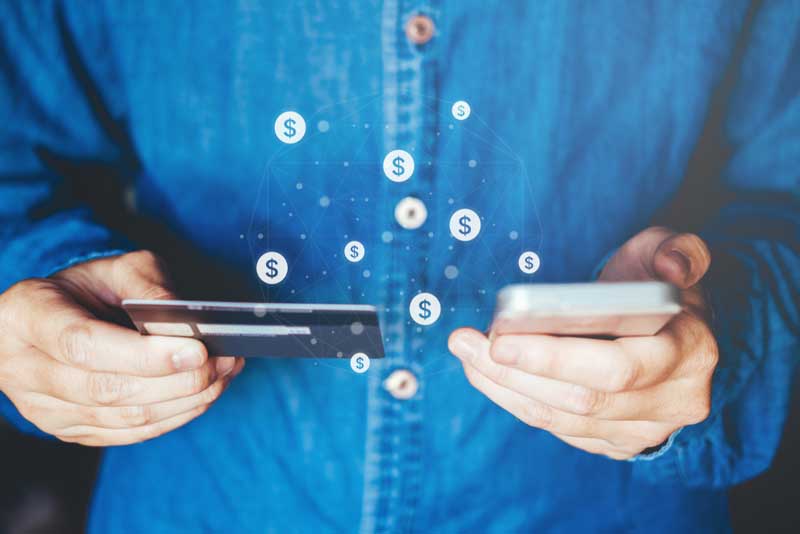
The use of digital banking channels has increased with the COVID-19 pandemic. In turn, the use of personal service at bank offices has dropped tremendously – although part of this is due to banks shutting down offices and mostly only serving customers by appointment. Finnish consumer attitudes towards digital services have also become more favourable in general.
Danske Bank reports that the proportion of remote meetings has risen by 33% for investment customers and by 23% for loan customers. OP Financial Group reports that the number of mobile bank logins increased by more than 35% for retail customers and by 57% for corporate customers, compared to the same time last year. According to OP Financial Group, visits to the bank office have dropped as a whole, even in the oldest customer groups. Nordea announced in June that private customers’ online appointments had increased by 70% compared to February the same year.
Nordea’s survey showed that customers’ attitudes towards the digital transformation in banking have become more favourable. In the survey, 62% of customers responded that they could picture themselves managing all of their banking through digital channels. In 2019, 54% held the same view. About 40% of customers also thought that physical appointments could well be substituted by remote meetings online. In 2019, only 28% of the respondents thought the same.
Contactless payments are on a roll
Banks’ payment card data shows that the coronavirus pandemic has changed consumer behaviour. The number of card payments dropped once the outbreak reached Finland, but has recovered since.
During the pandemic, Finns have made the shift to contactless payments. The proportion of contactless payments is still rising and will soon hit 70% of all card payments. The Bank of Finland reported in July that contactless card payments were Finns’ most popular means of payment at retail checkouts. The use of the contactless payment function of cards increased by 45% from the previous year.
The use of cash has declined further, although its availability has remained good.
Many consumers have ventured to try out mobile payments or taken them into more regular use. Compared to cash, the mobile and card payments have unbeatable convenience and security advantages.
Less frequent visits to the shop and the popularity of home renovations have raised the average value of purchases. The proportion of travelling expenses has decreased, and more money is now spent on food, daily consumer goods, entertainment, electronics, clothes, home décor and special goods.
Online transactions have boomed. Finns have typically favoured credit transfers instead of card payments when making payments at online stores. Time will tell what the year 2020 will be for payments – after all, we are only six months into the age of the coronavirus, and much has already changed. As the situation draws on, customer behaviour and use of payments will continue to transform.
Finns are in a good position to make the full shift to digital services even quicker, if necessary. The rapid adoption of the Finnish contact tracing app Koronavilkku is a good example of this. In the first 24 hours, the app had one million downloads, and only six days later, 30% of Finns had installed the application on their mobile devices.
“This new situation has encouraged many to try out mobile payments, some even adopting them as their primary means of payment. The same happened with online shopping: some tried it for the first time, others already familiar with the concept increased their online shopping from before”, says FFI’s Head of Card Payments Kirsi Klepp.
While the statistics for the summer months’ cash payments are not yet available, Klepp estimates that this year’s numbers will show a significant drop in the use of cash due to the coronavirus pandemic. Many shops have expressed a preference for card and contactless payments, and some have even stopped accepting cash altogether to keep physical contact to a minimum.
Although the use of cash is on the decline, cash distribution channels have diversified. In addition to banks and ATMs, cash can now be withdrawn from thousands of physical shops and kiosks across Finland, since most Finnish banks have an agreement for a cash withdrawal service with select retail chains and service points. Some banks can also send cash to their customers by mail.
“Although cash will not disappear in the near future, the popularity of digital payment methods will continue to increase because of their convenience”, Klepp says.
Still have questions?
|Contact FFI experts



